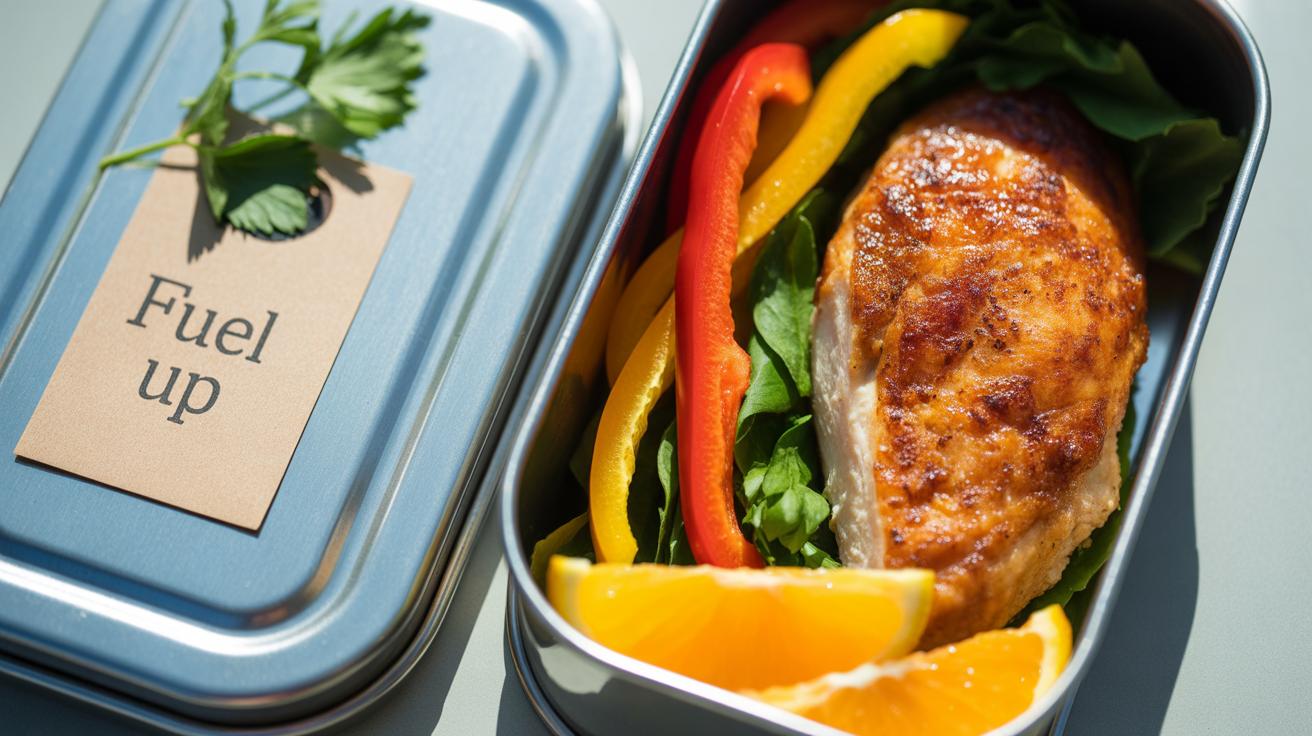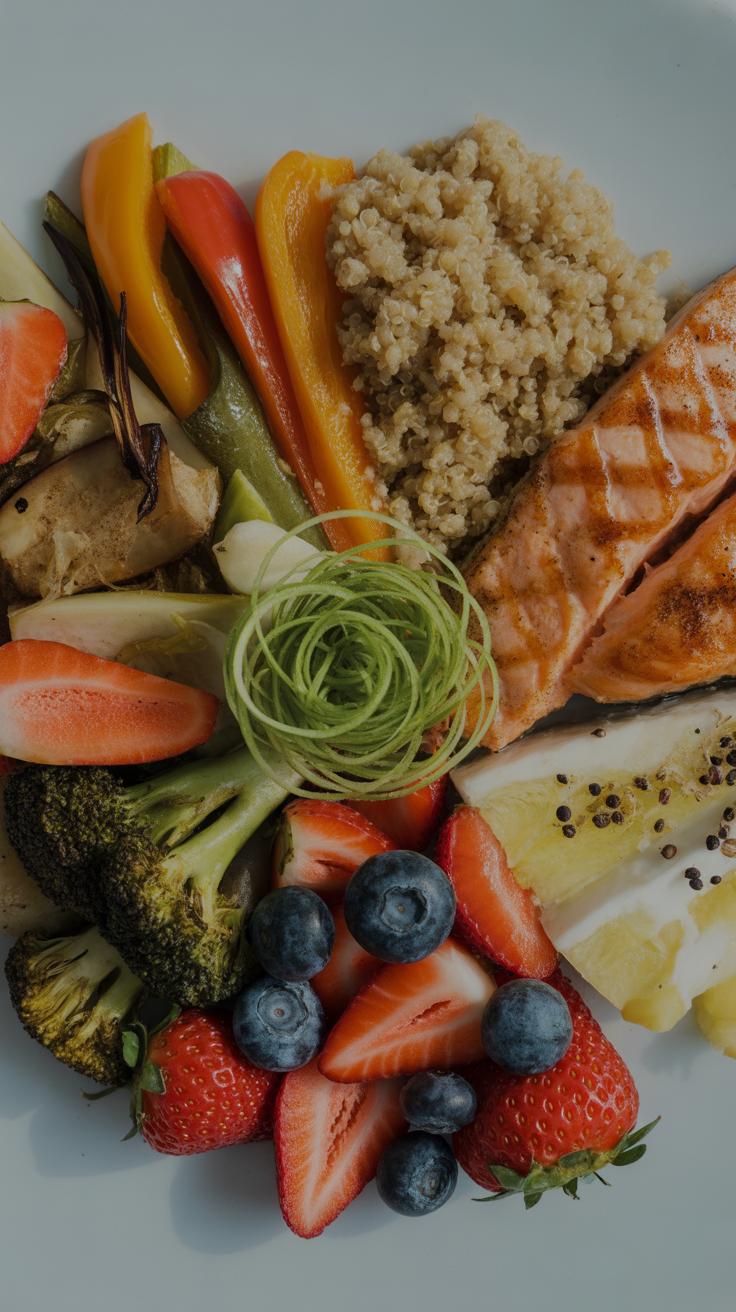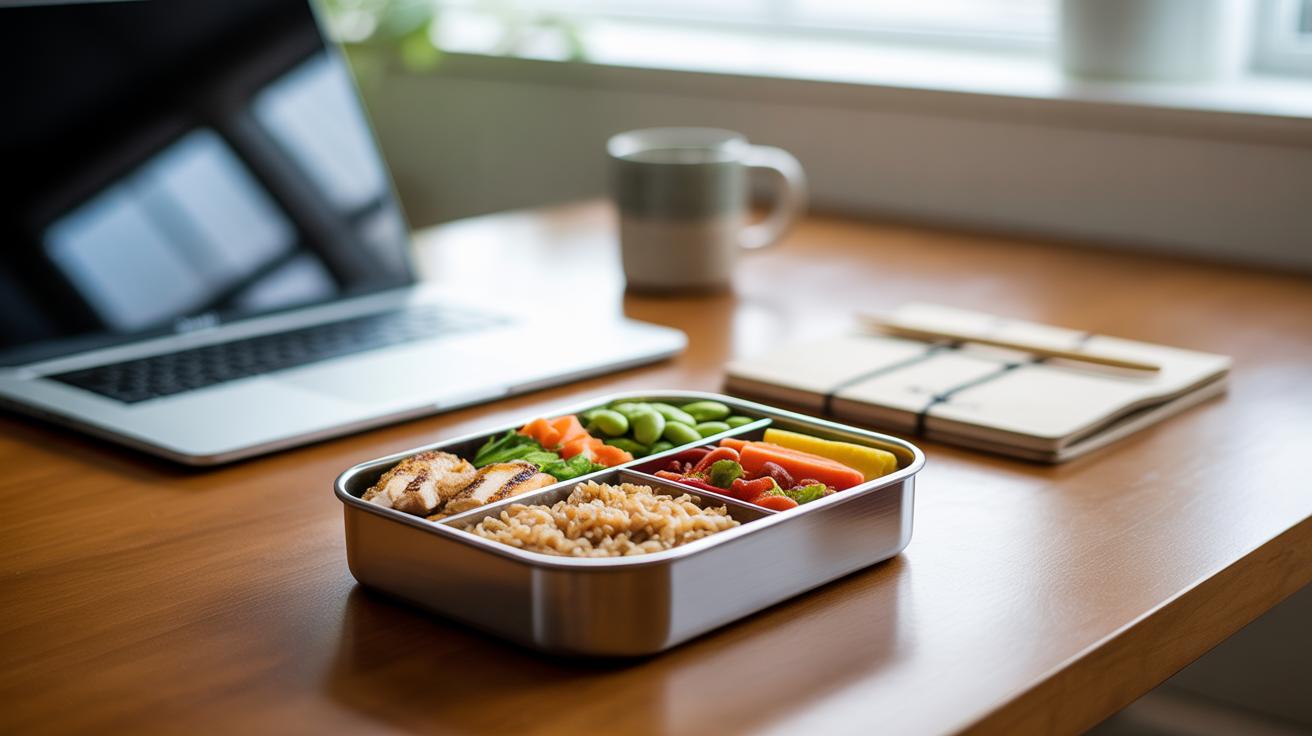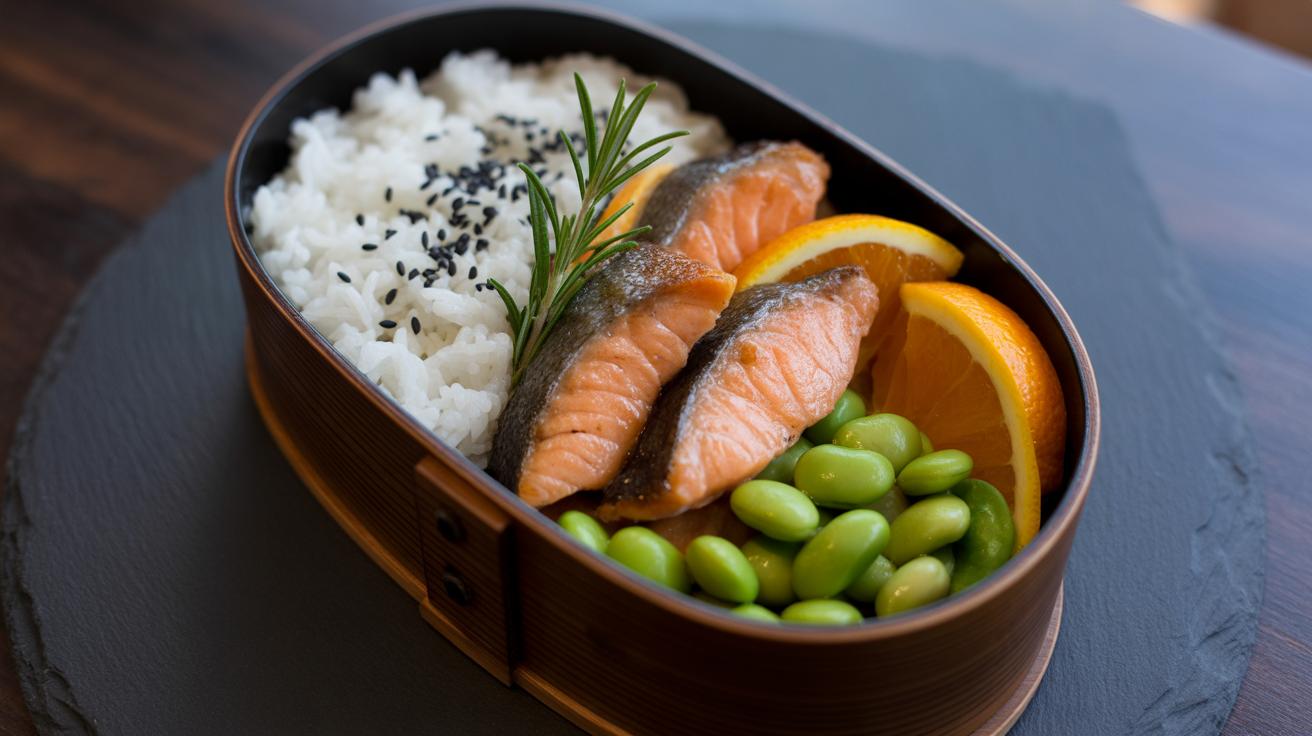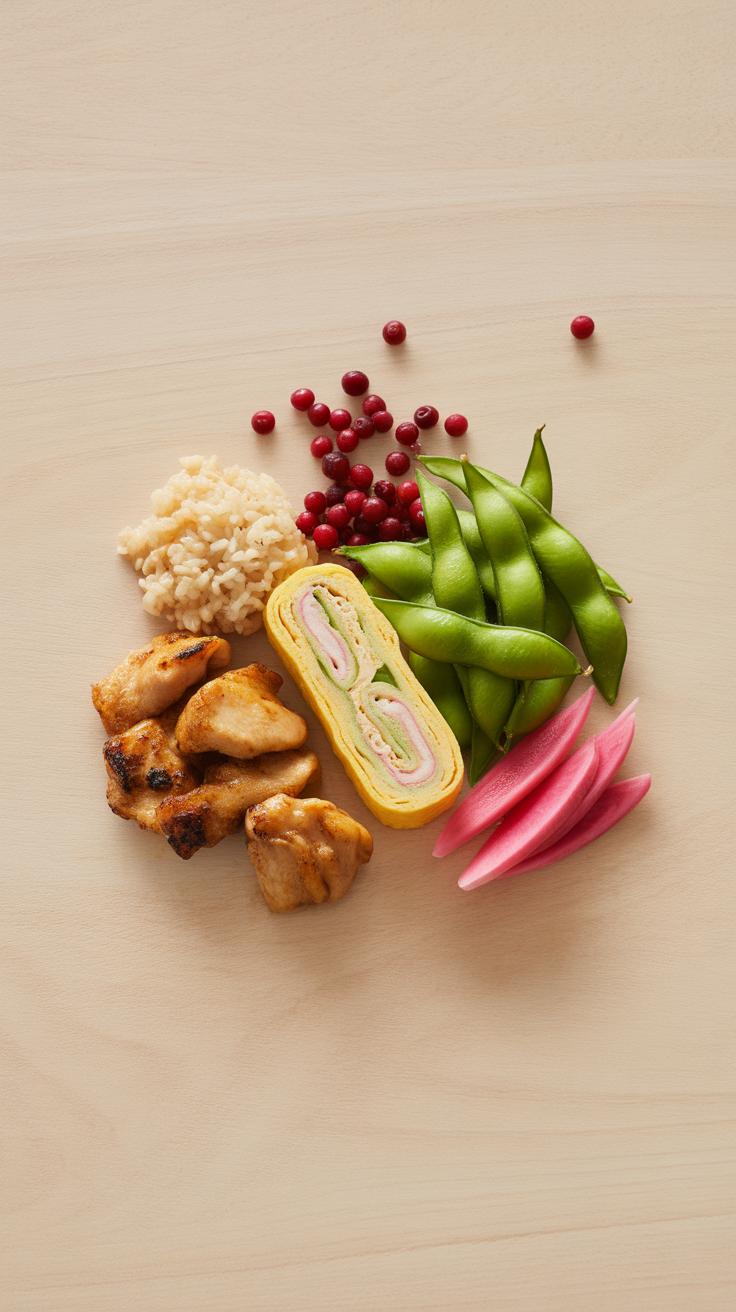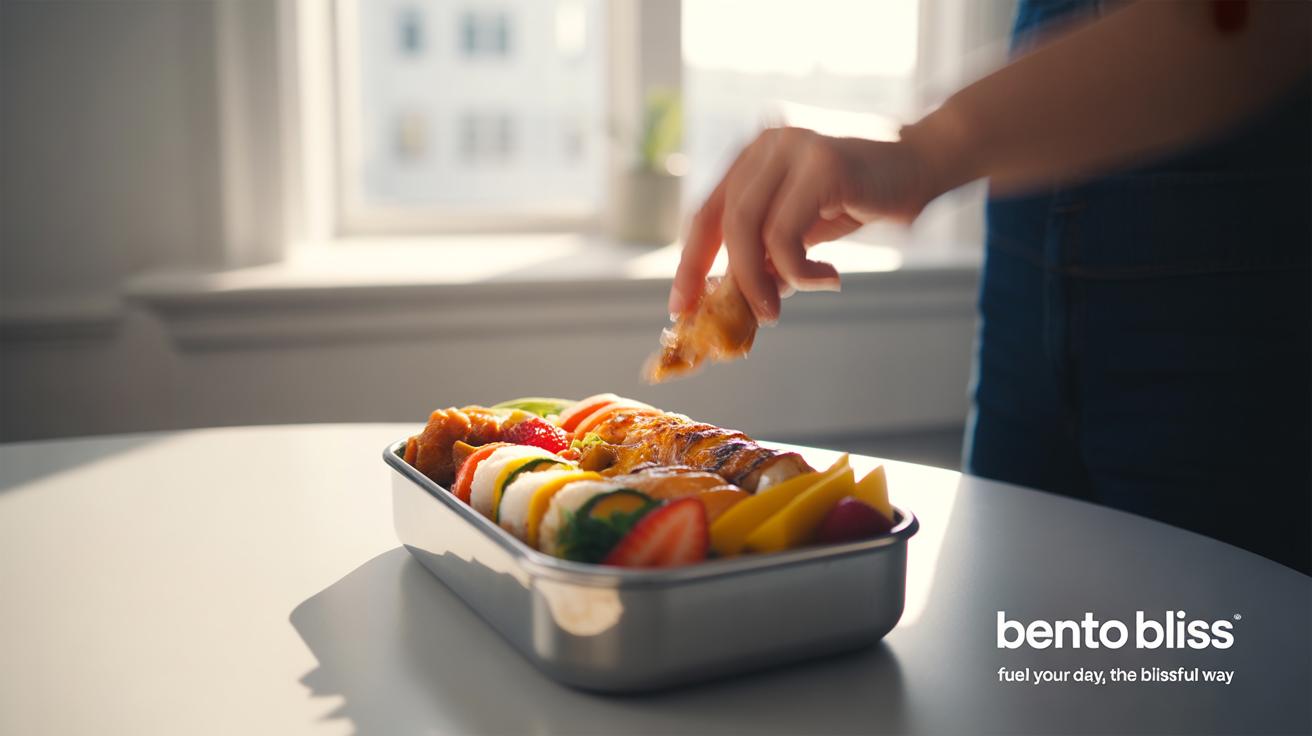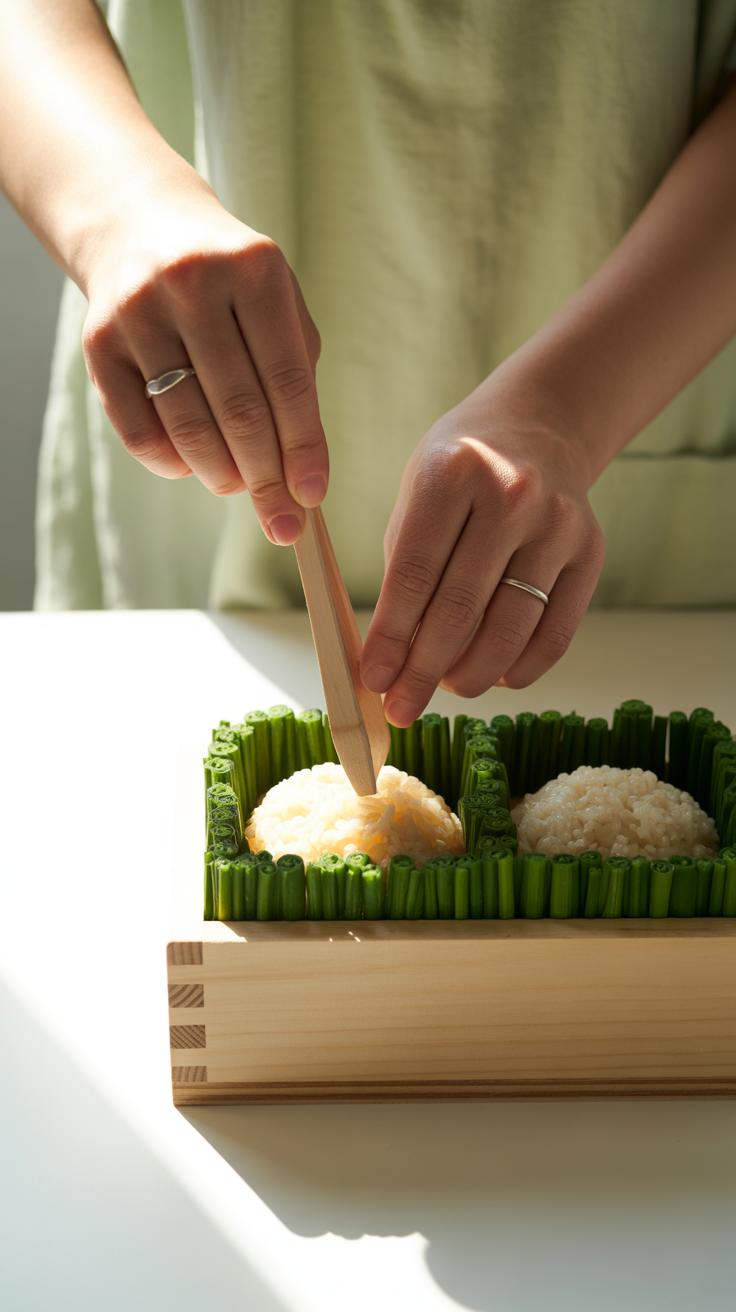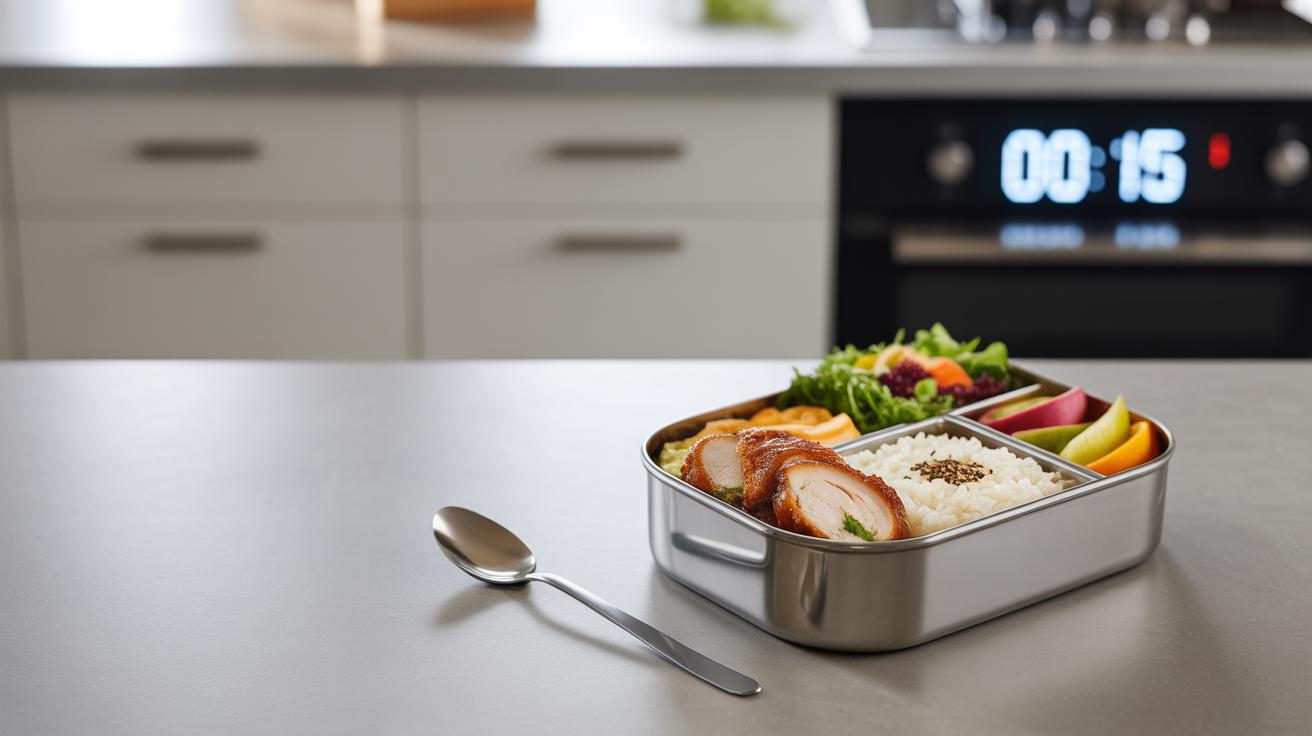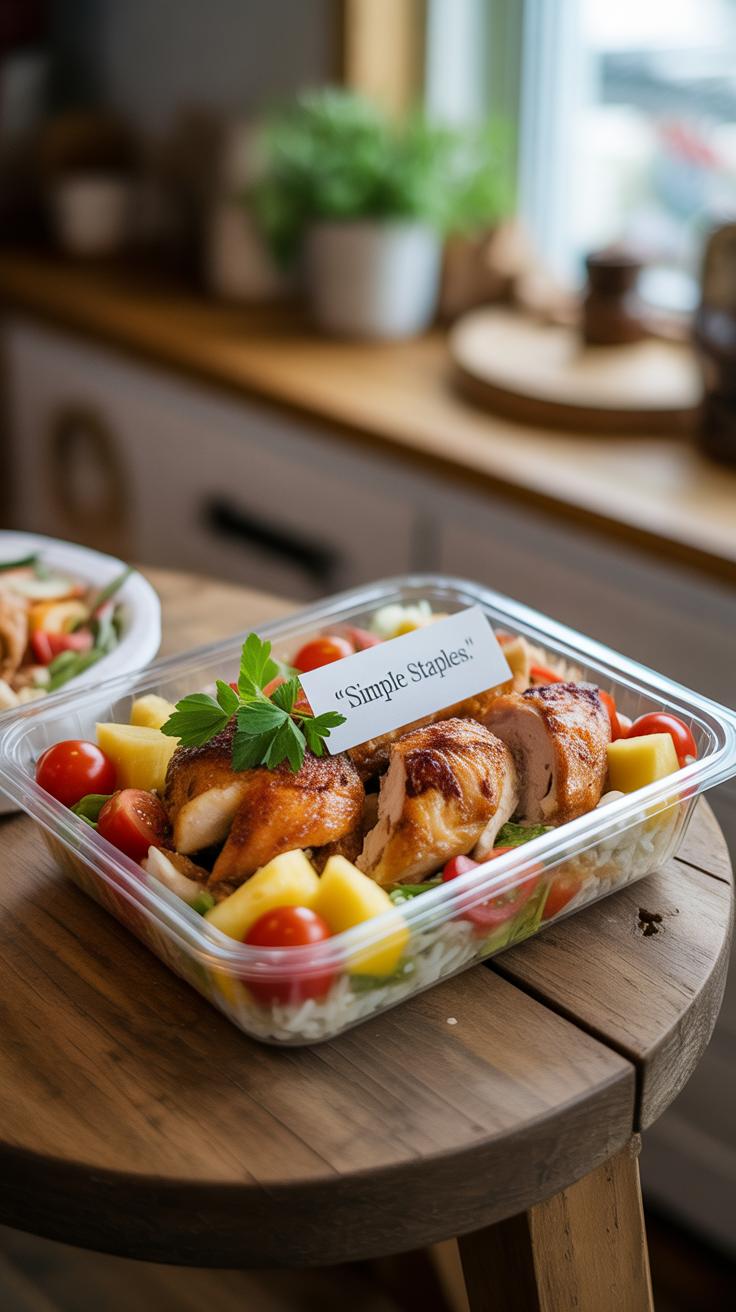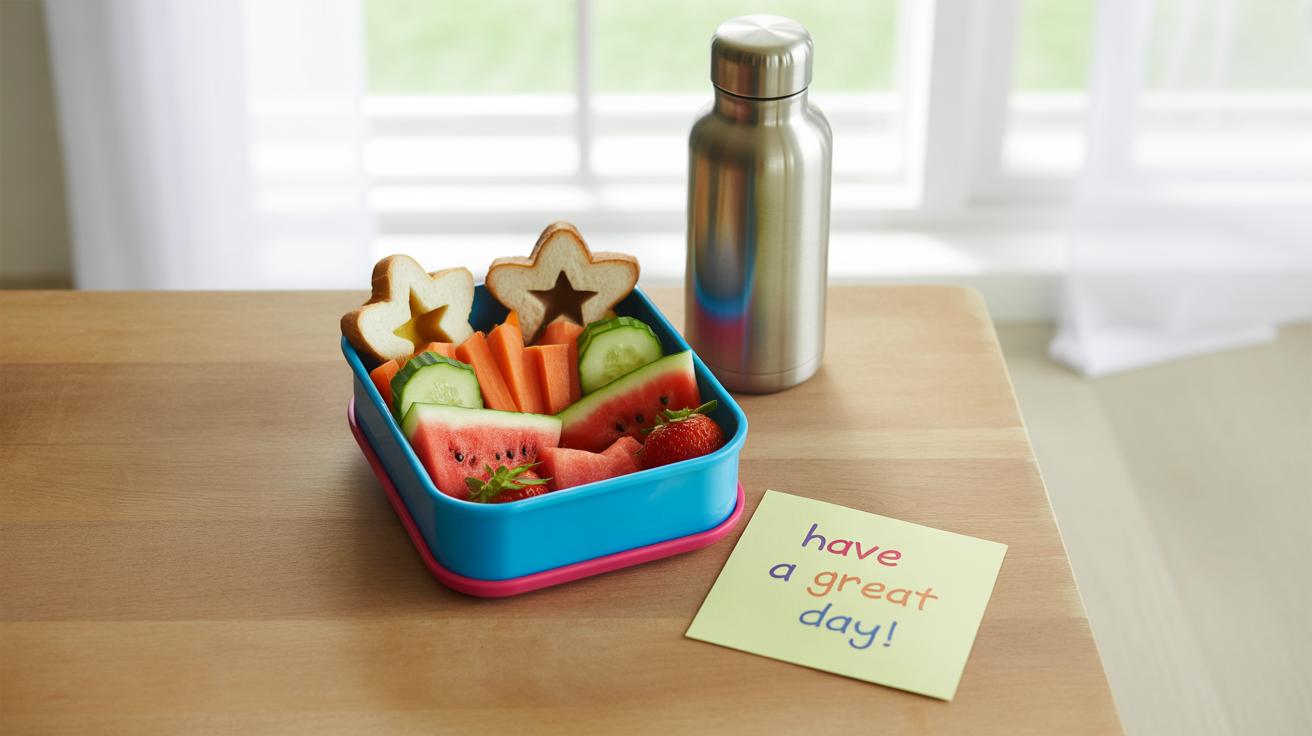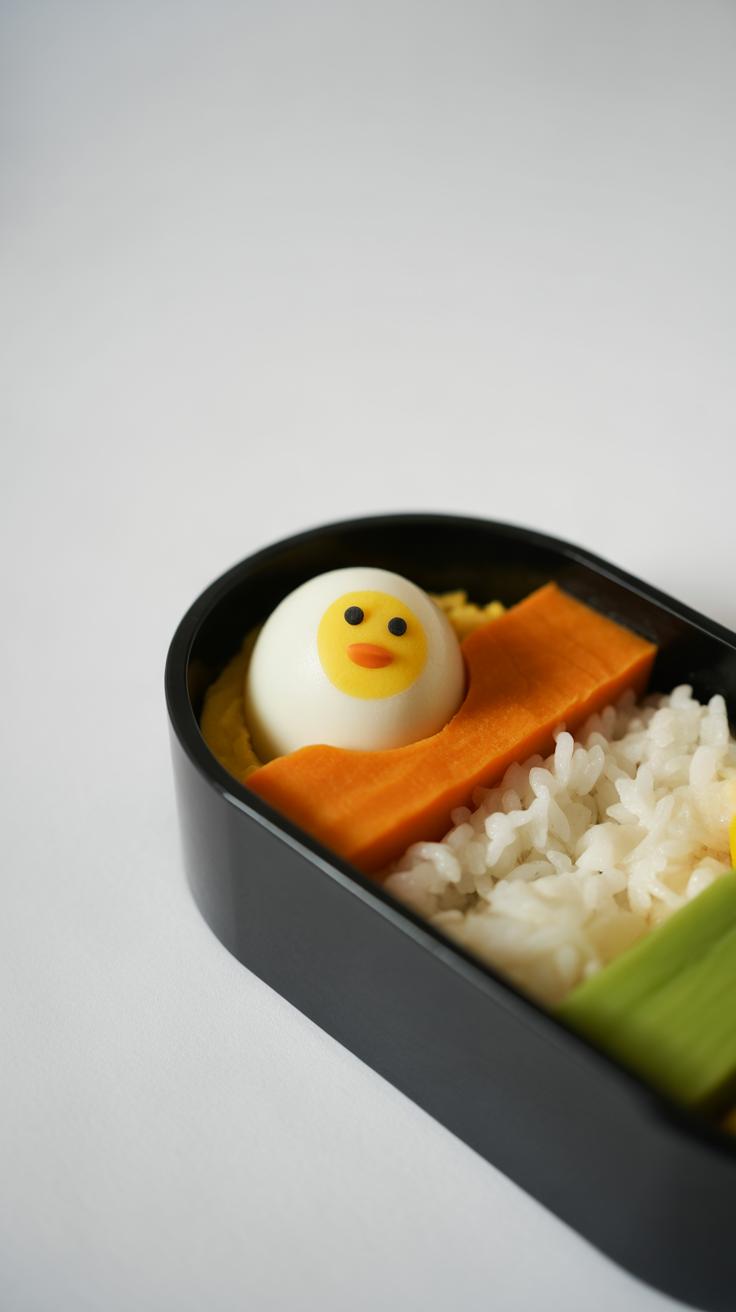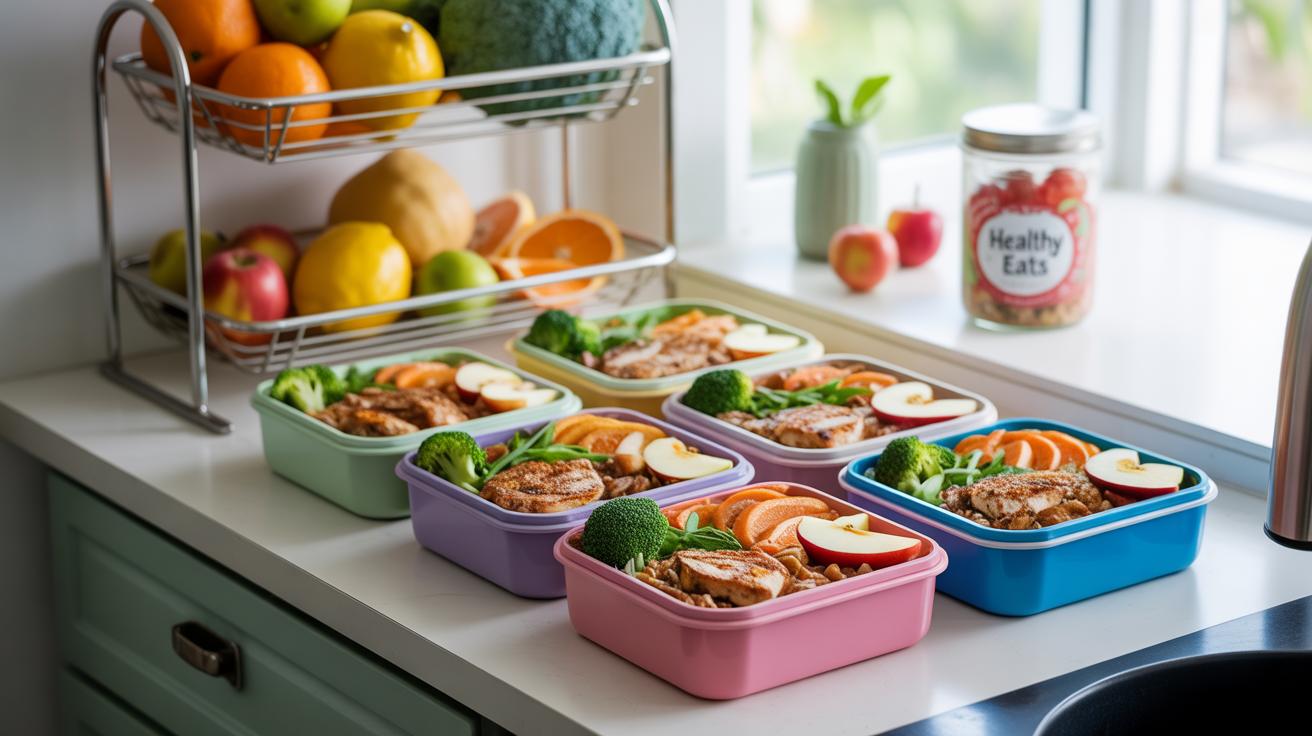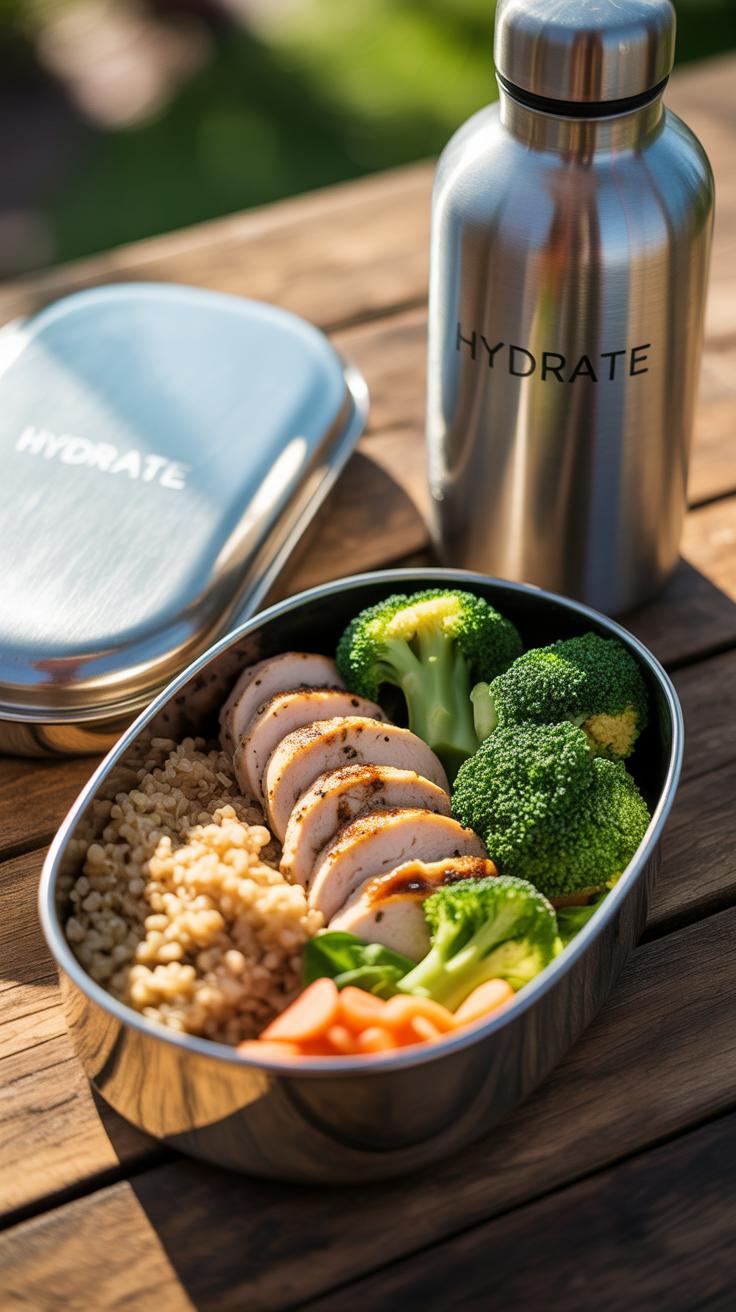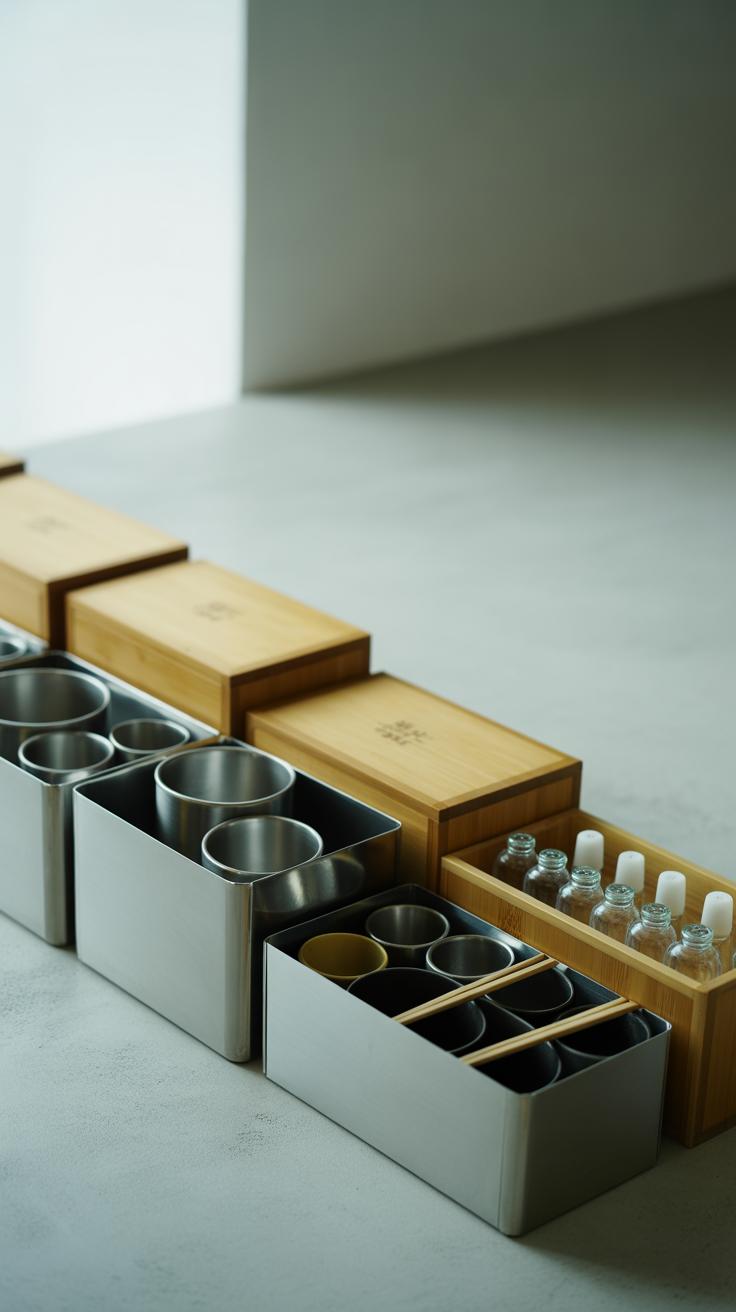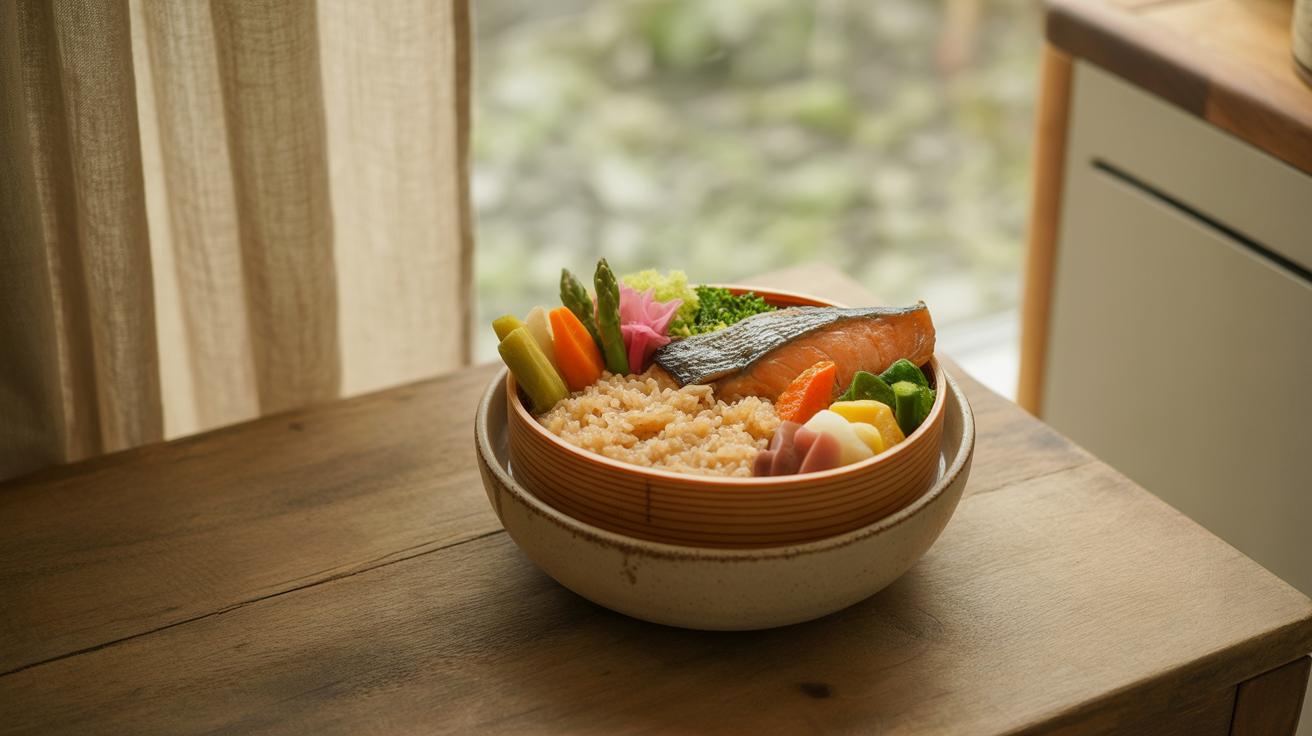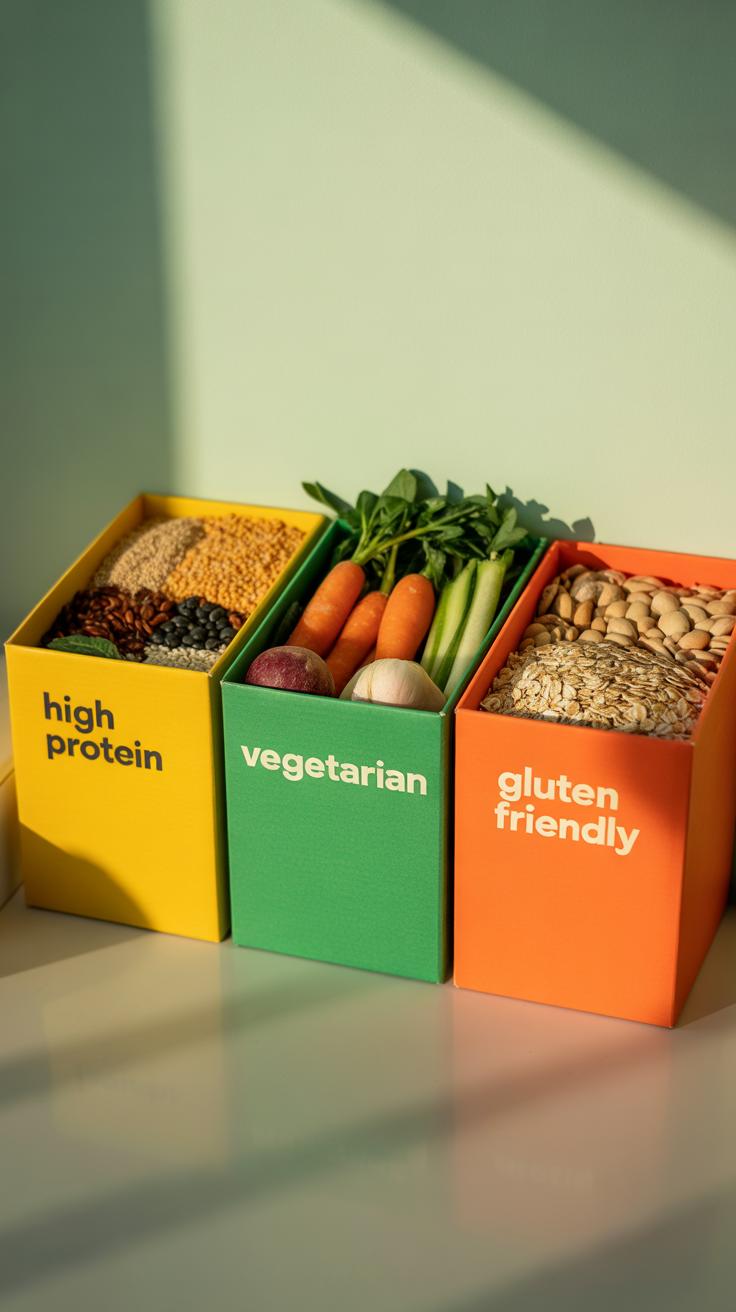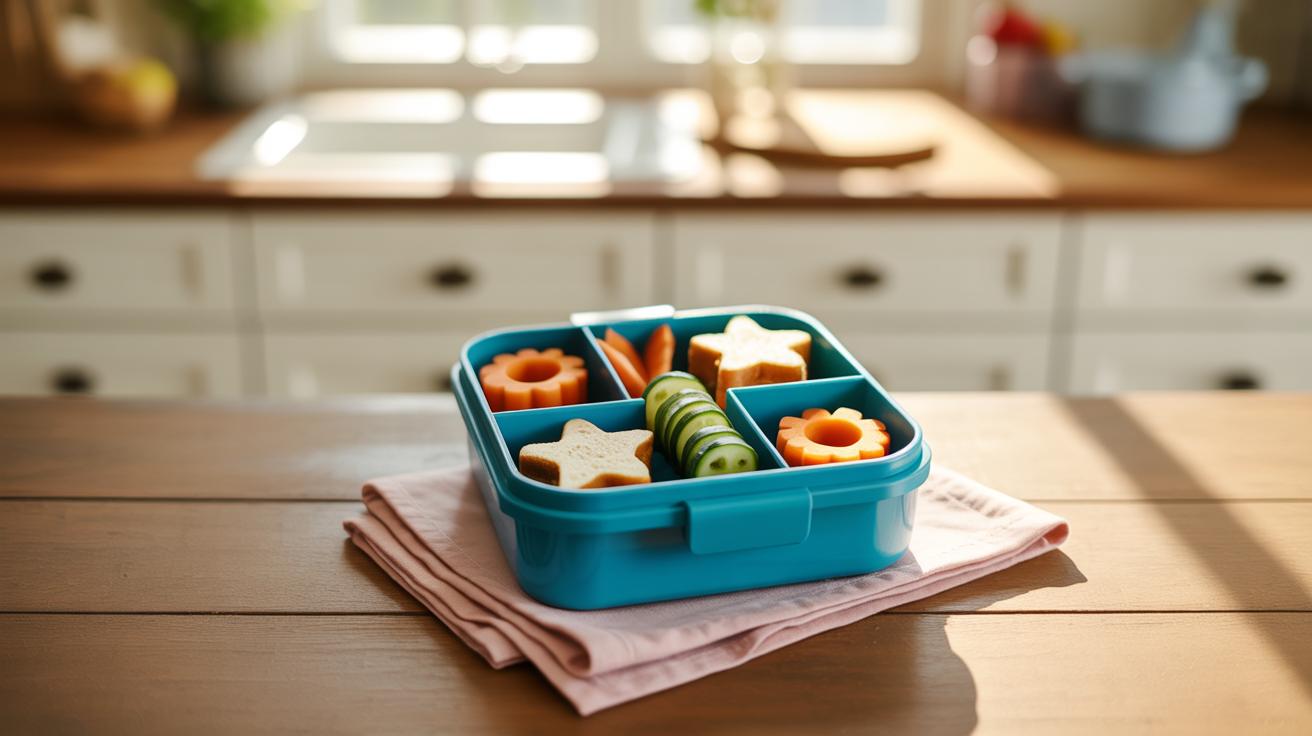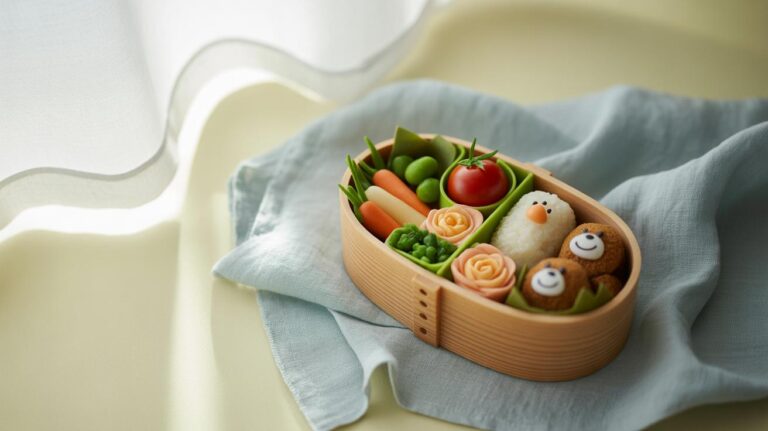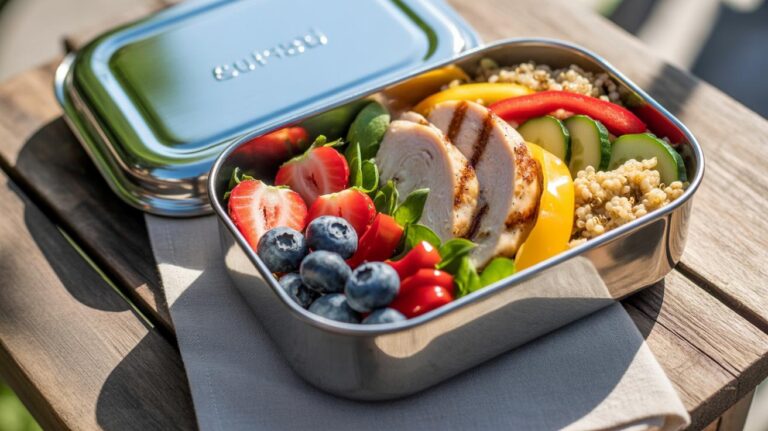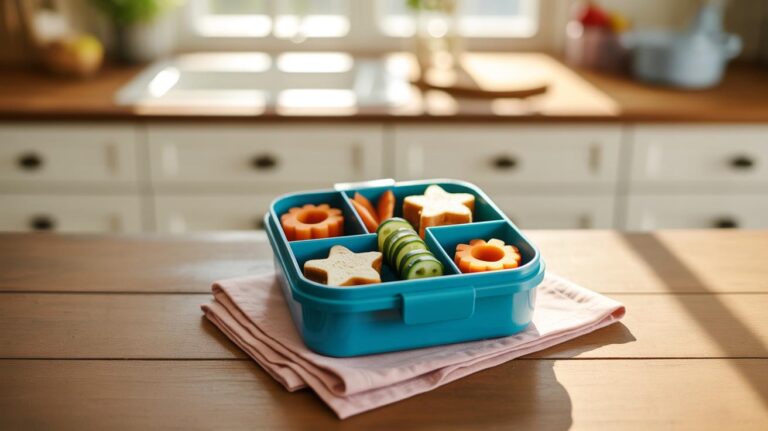Introduction
Bento lunch boxes come from Japan and are a simple way to carry tasty and balanced meals. They often include rice or noodles, meat or fish, and cooked or pickled vegetables, all neatly packed in separate sections of a box. Bento lunches can be found in stores or made at home with favorite ingredients. These meals are convenient and keep different foods from mixing flavors.
In this article, you will find ideas and tips to create bento lunches that you will enjoy every time. We will explore how to build a balanced bento, suggest ingredients and recipes, and offer ways to make your bento fun and practical. Bento lunches can save time and give you energy to get through your day.
Building A Balanced Bento Lunch
Balance in a bento lunch isn’t just about looks; it’s about your body, flavor, and energy too. You want your meal to provide steady fuel, and that means including carbohydrates, proteins, and vegetables in thoughtful proportions. Too much rice can feel heavy, while too little protein might leave you hungry early. Vegetables add freshness and needed nutrients, but sometimes they get overlooked.
Simple tricks help achieve balance without overthinking. For instance, filling half your box with veggies—whether steamed greens, pickles, or raw slices—adds color and crunch. Then, a quarter can be carbs, like rice or noodles, to keep you going. The rest? Proteins that vary with what you enjoy or have on hand.
Flavor balance also matters. Mixing mild rice or noodles with slightly seasoned proteins like grilled chicken or marinated tofu works better than loading everything with strong tastes. Sometimes, I find an unassuming bento feels more satisfying than one trying to be overly fancy.
Choosing The Right Carbohydrates
Carbohydrates are the foundation of most bentos and choosing the right type can shape the entire meal. White rice is classic—neutral, filling, and easy to pair with almost anything. Sticky rice holds together well, making it practical for neat bites. Brown rice or mixed grains add extra nutrients but have earthier flavors that not everyone loves first thing midday.
Noodles offer a different texture and can be warm or cold, depending on your mood or season. Udon, soba, or somen take on dressings or broths, so you can change the flavor profile without swapping out your carb entirely.
Picking carbs also depends on how much variety you want. I sometimes mix rice with a few quinoa grains or toss in small pasta shapes. It keeps things interesting and gives a slight protein boost at the same time.
Adding Proteins To Your Bento
Protein is key—it prevents mid-afternoon slumps, helps you feel full, and contributes to muscle repair. Fish, especially grilled or teriyaki salmon, fits nicely into a bento both nutritionally and flavor-wise. Chicken breast or thighs offer a blank slate that you can control through marinade or cooking style. Then there’s tofu for those leaning plant-based, providing a gentle, adaptable protein.
Eggs often get underestimated. A simple rolled omelet or hard-boiled egg adds texture and a slightly sweet or savory note, depending on how you prepare it. Plus, eggs don’t require much prep, which is a lifesaver on busy mornings.
Rotating proteins every few days keeps your bentos fresh and less predictable. I find that when I stick to one or two kinds too long, my motivation to make a nice lunch drops a bit—variety fuels creativity, perhaps.
Popular Ingredients For Bento Lunches
Bento lunches often revolve around a few key ingredients that come together to create a well-rounded meal. Rice is usually the centerpiece, especially plain steamed white rice, but sometimes people mix it up with brown rice or seasoned varieties like furikake rice, which adds subtle flavor without overpowering. Rice balls, or onigiri, also make a neat and portable option.
Proteins vary, but grilled chicken, teriyaki beef, and fish are staples. Eggs show up a lot in the form of tamagoyaki, a slightly sweet rolled omelet that helps break the protein monotony. Sometimes tofu or tempura adds texture. These proteins fit nicely alongside rice, bringing in needed nutrients and satisfying your hunger.
Common Vegetables And Pickles
Vegetables serve as both color and crunch. Carrots, cucumbers, and radishes are frequent choices, whether fresh or lightly cooked. Pickled versions, like takuan (yellow pickled daikon) or umeboshi (pickled plum), give a sharp, tangy contrast that cuts through richer flavors. These pickles aren’t just garnish; they help refresh the palate and add layers of taste.
Cooked veggies like spinach or green beans often appear too. They’re usually seasoned simply with sesame or soy, making them mild but effective in balancing the meal’s textures and flavors.
Flavor Balancers And Small Side Dishes
Small side dishes or garnishes play a surprisingly big role in a bento. Tamagoyaki, for instance, is almost always there because it adds a hint of sweetness and a soft texture. You might also find a small portion of seaweed salad, pickled ginger, or even a mini potato salad—these elements act as little flavor boosts without overwhelming the main ingredients.
They help keep the meal interesting from bite to bite. And don’t underestimate the power of a well-placed sesame seed sprinkle or a dab of soy sauce. These small touches enhance the overall taste experience and keep you coming back for more.
How To Pack A Bento Box
Using Dividers For Flavor Separation
Keeping flavors from mixing in a bento box can be tricky, especially when you want a variety of tastes and textures. That’s where dividers come in handy. Plastic or silicone dividers are common tools that let you create compartments within the box. They physically separate items, preventing, say, a juicy tomato from making the rice soggy. Sometimes people use pieces of plastic sushi grass—those green strip-like dividers—not just for nostalgia or looks but to keep foods apart and maintain their original flavors.
Even if you don’t have fancy dividers, small containers or reusable silicone cups work just as well. You kind of have to experiment with your own box’s shape and size. I remember once trying without any separation and regretting it when the pickled radish soaked into the chicken, changing the whole flavor profile. So, those little tools really make a difference—maybe not essential, but certainly helpful.
Arranging Food For Visual Appeal
When it comes to arranging food, neatness really matters—but not in a perfectly symmetrical way. Think about placing ingredients so they look inviting. Bright colors on one side, neutral tones on the other. Or grouping similar textures together. Sometimes I like tucking leafy greens or cherry tomatoes into corners, creating natural dividers myself.
Try placing items in layers or interesting shapes rather than just dumping everything in. Small ball-shaped rice, cut fruits, and sliced proteins fit better when thoughtfully arranged. Also, varying the size of pieces adds to the appeal—chunkier veggies paired with slender tamagoyaki strips, for example. It’s not just about looking pretty; a good arrangement can make you want to eat more mindfully, maybe even slow down a bit.
Have you noticed how an attractive box makes the meal feel more special? Sometimes, presentation turns a simple lunch into something enjoyable in itself—worth that extra minute spent packing.
Quick Bento Lunch Ideas For Busy Days
Using Leftover Dishes
Leftovers might feel like the last thing you want to eat again, but they can actually be a lifesaver for quick bento lunches. Think about last night’s roast chicken or stir-fried veggies—just chop them up and pack into your bento box alongside some fresh salad or fruit. You don’t have to reinvent the wheel here. Often, simply reheating or refreshing what’s already there saves so much time.
One thing I try is to separate leftovers clearly in the box, so flavors don’t mix oddly. If the leftover contains sauce, maybe add a little rice or bread on the side to soak it up. Using small containers or silicone cups is a simple hack to keep things tidy. You might wonder, “Is it worth the trouble?” I think yes—especially if your mornings are a rush and you’d rather not cook from scratch every day.
Simple Recipes For On-The-Go
Sometimes, you just want something straightforward and fast without much thinking. Here are a few quick combos that work well for bento lunches:
– A scoop of cooked rice with grilled chicken strips and steamed broccoli or carrots.
– Quinoa mixed with canned beans, cherry tomatoes, and cucumber.
– Hard-boiled eggs, snap peas, and a small portion of pasta salad.
Many of these meals come together in under 10 minutes if you keep some basics handy, like pre-cooked rice or frozen veggies. You could even cook chicken breasts ahead and use them repeatedly with different sides. The point isn’t to create culinary masterpieces but to get a decent, filling meal that isn’t a hassle to prepare. It’s tempting to overthink lunch, but sometimes simple really is best. Do you find yourself stuck staring at the fridge, wondering what’s “enough” for lunch? Trying one of these easy combos could save you that frustration.
Making Bento Lunch Fun And Creative
There’s something rewarding about turning an ordinary lunch into a little work of art. You don’t need fancy tools to make a bento visually appealing; just a bit of imagination and some simple, everyday items can do the trick. Think cookie cutters for shaping rice or veggies—easy and surprisingly effective. Maybe you try carving a star out of a slice of cheese or making cute faces with nori seaweed on boiled eggs. These small touches can totally change the feel of a meal and even make picky eaters curious.
Character bentos, or kyaraben, take this a step further. You can base your design on favorite cartoons, animals, or even emojis. Using ingredients like black olives for eyes or cherry tomatoes for cheeks keeps it simple. The fun is in the imperfections—don’t stress if it’s not exactly like the original character. It’s more about the effort and creativity than a perfect copy.
Color also plays a huge role. Mixing bright reds, greens, yellows, and purples creates a lively palette that naturally draws the eye. Try pairing contrasting colors next to each other, like green broccoli beside orange carrots. Arranging food in neat sections or fun patterns adds to the appeal. Sometimes, just layering a few different textures and shades makes the lunch more inviting—like placing a sprinkle of sesame seeds or a few herbs on top.
Do you notice how you eat differently when your food looks nice? That’s part of the charm here. Maybe it makes you slower, savoring every bite. Or it sparks your appetite when you might otherwise be bored with routine meals. So, why not experiment a bit? Even if you don’t think you’re ‘creative,’ bento art is forgiving, and the practice is pretty fun.
Healthy Tips For Bento Lunches
Choosing fresh ingredients is the first step toward keeping your bento lunches healthy. Fresh vegetables, lean proteins, and whole grains provide the nutrients your body needs without extra additives. Sometimes, it’s tempting to use processed or pre-packaged items because they’re quick, but those often come with hidden salt and preservatives. If you pick fresh produce that’s in season, you’ll get better flavors and more nutrients—plus, it feels more satisfying to eat.
Portion control is where many bentos can go off track. It’s easy to overfill your box thinking more means better, but it’s not quite like that. Try to keep portions modest yet balanced by visually dividing your bento: around half filled with vegetables, a quarter with protein, and a quarter with carbs. This way, you stay full without feeling sluggish after eating. Sometimes, I use small containers or silicone cups inside the box to help me gauge portions—it’s a simple trick but effective.
When it comes to reducing fat and salt, cooking methods matter a lot. Grilling, steaming, or baking your proteins instead of frying can cut down added fats. Also, swapping salty sauces for fresh herbs or citrus juice can add plenty of flavor without overdoing sodium. For instance, marinating chicken in lemon and garlic works well, rather than drowning it in soy sauce. It’s a balancing act. You don’t have to eliminate salt or fat completely; just keeping them in check helps your bento remain nutritious and enjoyable.
Tools And Containers For Bento Packing
Choosing the right bento box can really shape your lunch experience. There’s a surprising range out there, from simple disposable trays to elegant lacquerware you might hesitate to use every day. Plastic bento boxes are lightweight and usually budget-friendly. They often come with separate compartments, which help keep your foods from mixing. Though they may stain or wear out faster, they’re practical for daily use.
Metal boxes, often stainless steel, offer durability and can keep food temperatures steadier, but they can be a bit bulky. I once carried a metal one for weeks, which felt tougher but somehow less convenient when trying to squeeze it into a busy bag. Lacquerware adds a refined touch, more common in traditional Japanese bentos. These boxes can make lunch feel special, though they require gentler care and are pricier.
Don’t overlook the small but handy extras. Sauce containers prevent soggy meals by keeping dressings separate until you’re ready to eat. Dividers, whether built-in or add-ons, let you pack more variety without flavors blending together. And then utensils—some boxes come with their own sets, which saves fussing with extra containers. Whichever you pick, the key might be balancing convenience with how much you actually use each piece. What feels right for one day might not for the next.
Bento Lunches For Different Diets
Vegetarian And Vegan Bento Options
Adapting your bento to a vegetarian or vegan lifestyle can be surprisingly straightforward. Think beyond just skipping meat—there’s a whole world of plant-based ingredients that can fill your lunch box with color and texture.
For example, roasted sweet potatoes and seasoned tofu cubes add a satisfying bite. Edamame, avocado slices, and steamed broccoli bring freshness and protein without fuss. Grains like quinoa or brown rice balance out the meal. Don’t forget pickled vegetables or seaweed sheets for an umami punch. Sometimes, I just grab some hummus and crunchy veggies—simple but filling.
The challenge, I guess, can be keeping things interesting day after day. Rotating in different beans, nuts, or homemade veggie patties helps. Maybe try tempeh or mushroom-based fillings—they surprise you more than you think.
Adapting Bentos For Other Diet Restrictions
When it comes to gluten-free or low-carb diets, it’s a bit trickier but not impossible. You can swap out soy sauce for tamari or coconut aminos to avoid gluten, and replace traditional rice with cauliflower rice or spiralized veggies for lower carbs. Sometimes, shirataki noodles work as a decent filler, although not everyone loves the texture.
For the grains section, quinoa, millet, or even buckwheat—yes, it’s gluten-free—can add variety. Low-carb bentos often focus more on proteins and veggies, for instance, grilled chicken, boiled eggs, or cheese, paired with greens or roasted peppers. Balancing flavors without the usual carbs takes some creativity, I’ve found.
Substitutions might feel limiting at first, especially if you’re used to rice or bread as staples. Yet, with a bit of trial, you can keep your bento balanced and above all, tasty enough to look forward to each day.
Conclusions
Bento lunches offer a great way to enjoy healthy, varied meals without much hassle. By choosing simple ingredients and organizing them well, you can prepare tasty lunches that keep you satisfied. Using leftovers, seasonal vegetables, and different proteins helps you avoid boredom and keeps your bento nutritious.
Trying new combinations and packing your bento with care can make lunch something you look forward to. Bento lunches suit any lifestyle. With these ideas, you can start making your own bentos that hit the spot every time. Remember, the key is balance, flavor variety, and neat presentation.

